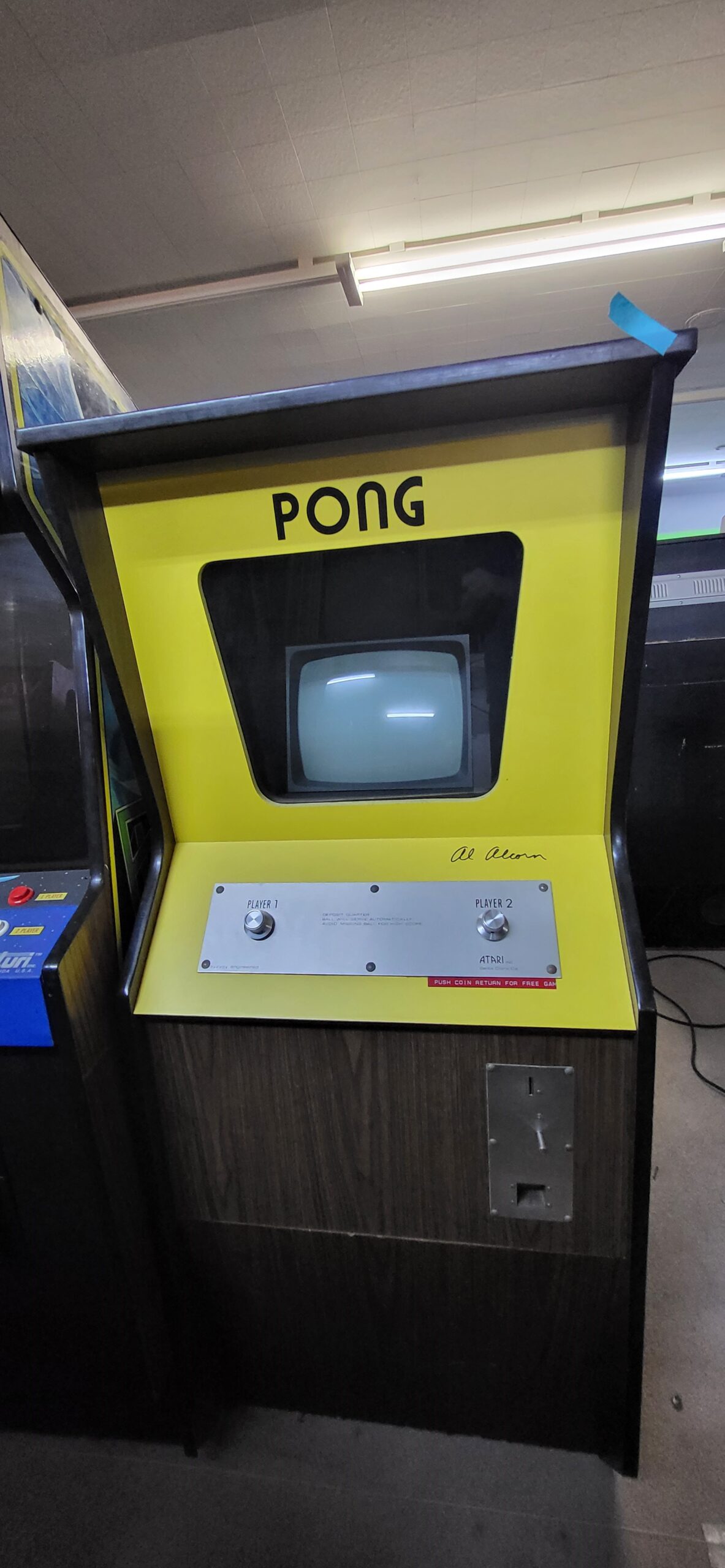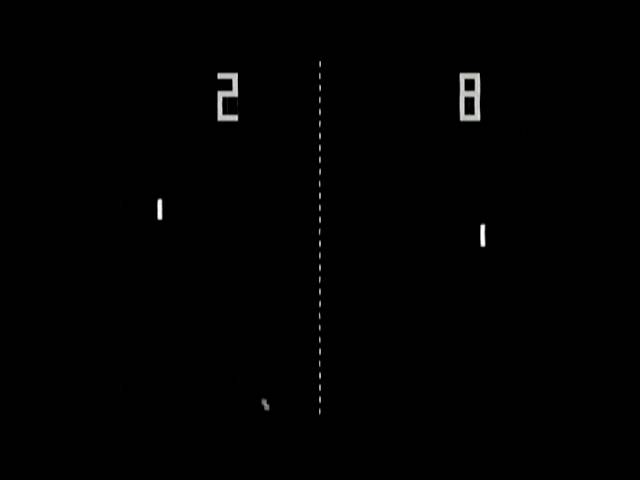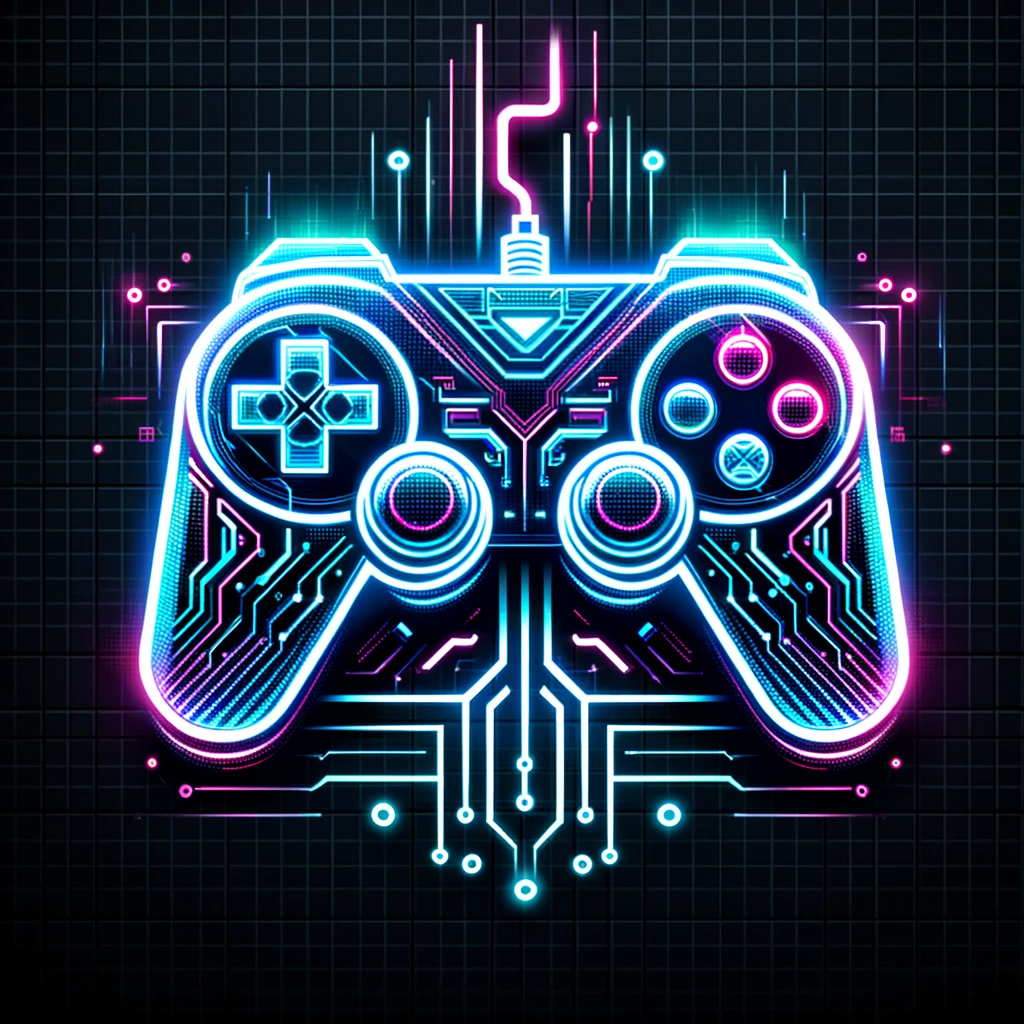
Pong
Arcade / Atari 1972
Pong is a classic arcade video game developed by Atari, released in 1972. It is widely regarded as one of the earliest and most influential arcade games, marking the beginning of the video game industry. Pong simulates a game of table tennis or ping-pong, where players control paddles on either side of the screen to hit a ball back and forth.
Pong was created by Allan Alcorn as a training exercise assigned to him by Atari co-founder Nolan Bushnell. Originally designed as a simple exercise, Pong quickly gained popularity after being placed in a local bar, sparking a nationwide craze. The game’s success led to the founding of Atari and played a pivotal role in establishing video games as a mainstream form of entertainment.
Upon its release, Pong was met with widespread acclaim and became a cultural phenomenon. It’s simple yet addictive gameplay captured the imagination of players worldwide, cementing its status as a timeless classic. Pong’s success paved the way for the burgeoning video game industry and inspired countless future game developers.
Pong has seen numerous adaptations and variations over the years, including home console versions, handheld electronic versions, and modern reinterpretations. These variations often introduce new features, game modes, and visual enhancements while retaining the core gameplay mechanics of the original. Additionally, Pong has inspired countless clones and spin-offs, further solidifying its status as a cultural icon.
Due to its immense popularity and widespread production, original Pong arcade machines are relatively common compared to other vintage arcade games. However, well-preserved examples in working condition can still fetch significant prices among collectors and enthusiasts. The value of a Pong arcade machine depends on factors such as its condition, rarity, and historical significance, with prices ranging from several hundred to several thousand dollars.
Pong arcade machines were built using relatively simple hardware by today’s standards. The key components include a monochrome CRT monitor, control panel with paddle controllers, power supply unit, circuit boards containing custom-designed chips, and various wiring harnesses. While some original parts may be difficult to find, dedicated enthusiasts and specialty suppliers offer replacement components and repair services to keep these iconic machines running for years to come.


